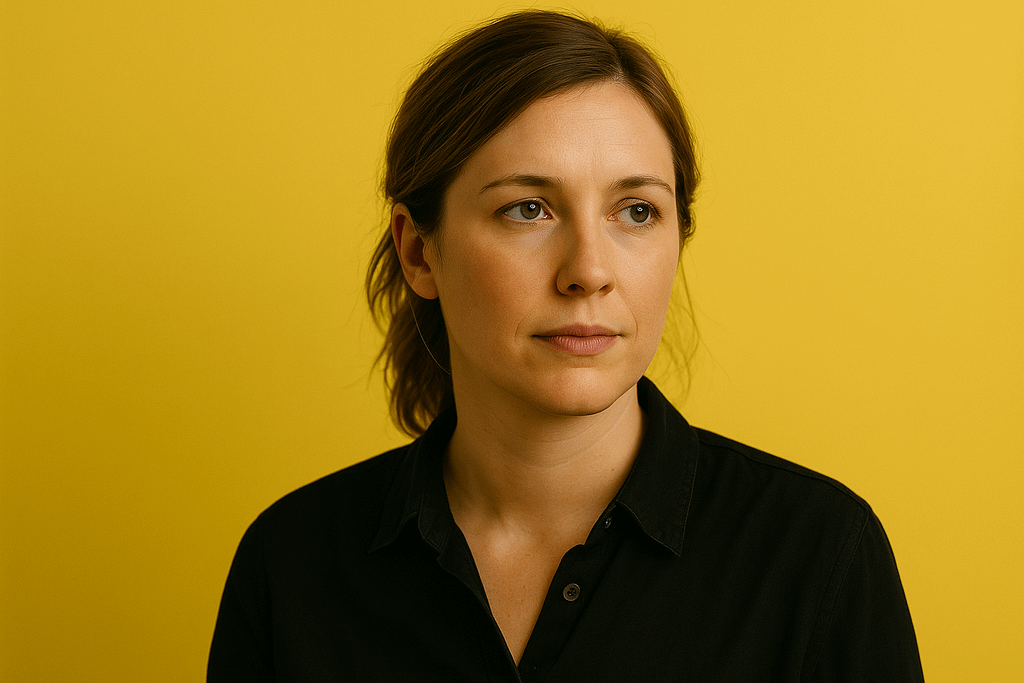Mzouda is a town and the administrative center of the rural commune of Mzouda, located in Chichaoua Province, Marrakech–Safi region of Morocco. The commune counted 15,166 inhabitants in the 2004 census and 23,132 inhabitants in the 2014 census.
The Name of Mzouda
Mzouda is an Amazigh tribe belonging to the tribes of Al-Haouz. Its original Amazigh name is Imjâd (Imjâghd / Imajaghden), with its main market being Souk al-Had Imjâd. The tribe’s lands lie southwest of Marrakech, between the towns of Imintanoute and Amizmiz. Its territory borders the Marrakech–Agadir highway to the east.
Mzouda is known for its religious scholars such as Sidi Ahmed ou Ali, whose zawiya stands at the heart of the tribe’s land, and Sidi Ahmed Amhil. It has also produced famous Amazigh artists, particularly rways (poet-musicians). Among its villages are Aït Lahcen Majoun, Ourir, Imziln, Aït Wakouriane, Akni, Targount, and many others.
Some researchers note that this Imjâd may have genealogical ties with the Imjâd tribe of the Souss region, though it is unclear which is the original. Another related tribe, Mjjata, is located in northern Morocco near Meknes.
The tribe of Mzouda is divided into several clans (btoun), including:
- Aït Bouyaaqoub
- Aït Jadid
- Aït Lilher Ihouzin
- Aït Wokoko
- Aït Talakthir
- Aït Tisakht
- Bouzouka
- Indourar
- Iznakin
- Raghouna
One striking observation is the lack of consensus about the spelling and pronunciation of “Mzouda.” The term often refers both to the land and to its inhabitants. Over the centuries, names were often altered during processes of Arabization or transcription. In historical documents from the 16th to 19th centuries, forms such as “Nzouda” or “Mzouda” were common.
The French sociologist Jacques Berque, in his book From the Euphrates to the Atlas, recorded the name in singular form as Azoud rather than the collective Mzouda. He argued that Anzout may be the Tachelhit (Shilha) pronunciation. These linguistic details show the evolution of the tribe’s name and its dual reference to both the territory and its people.
Location
Mzouda is located on the northern foothills of the southwestern High Atlas, near the border areas of other High Atlas tribes such as Kadmiywa and Kik. It belongs to the southwestern Haouz and touches the plain of Chichaoua and the Sahl of Oulad Abbesbaâ.
The area of Znaka near Sibt Mzouda lies at an altitude of 623 m. The terrain gradually rises to 1,640 m at Aït Talaknas, with higher peaks overlooking the region, such as Bab al-Sayeh (1713 m) and Qatous (1809 m).
To the east lies Aït Taddit in the mountains; to the west, Aït Bouyaaqoub; to the north, Aït Ihssain of the Aït Qdidh; and to the south, the mountain ranges of Kadmiywa.
Boundaries
- East: Kadmiywa and Mjjat
- West: Douiran and Sksawa
- Northeast: Aït Baamran of Mjjat
- North-Central: Oulad al-Zawiya
- Northwest: Sâidat
- South: Kadmiywa mountains
- Southeast: Azk Ntikdar (within the mountain range)
In the past, tribal boundaries were clearly defined. Locals called them “Azoun”, and they were marked with stones known as “Iyouuta”. Often, natural features such as mountains, rivers, or springs served as the boundaries.
Language
The local language is Tachelhit (Shilha), the Amazigh dialect of the region. Arabic is spoken among neighboring tribes such as Oulad Abbesbaâ, and Islamic sciences are taught in Arabic at the Nahlia School Zawiya.
Traditional Industry
Mzouda is one of the Amazigh regions most famous for traditional pottery, which has long competed with renowned centers such as Safi and Fez. Pottery is central to the local economy and a marker of identity and heritage.
Most families depend on agriculture, sheep herding, and pottery for their livelihoods. Children learn pottery at a young age, passing skills from parents to children across generations. Unlike other rural communities, many residents prefer to remain in their village, as pottery provides them with enough income to live with dignity.
Nevertheless, the area suffers from a shortage of drinking water, which poses a serious threat to daily life and to pottery, an industry heavily dependent on water.
Historical Importance
Mzouda’s strategic location between Marrakech, Souss, and the Sahara gave it political and economic importance, as trade caravans often passed through it as the shortest route.
Notable Leaders
- Commander Ali Ben Ahmed al-Mzouda
- Sheikh Hassan Ben Hmou al-Mzouda
- Sheikh Ibrahim Ben Ala al-Mzouda
- Sheikh Mohammed Ben Abd al-Rahman al-Mzouda
Notable Scholars
- Al-Faqih Sidi Ali Ben Ibrahim Nait Hussein al-Mzouda
- Al-Faqih Sidi Mohammed Ben al-Mansour al-Lazifti al-Mzouda
- Al-Faqih Sidi Mohammed Ben al-Makki al-Sanhaji al-Mzouda
- Al-Faqih Sidi Mohammed Ben Abi Yaqoub al-Mzouda
- Al-Faqih Sidi Ahmed Ben Hussein al-Sanksi al-Mzouda
- Al-Faqih Sidi Mohammed Ben Mubarak al-Mzouda
- Al-Faqih Sidi Mohammed Ben Ibrahim Habouch al-Mzouda
- Al-Faqih Sidi Mubarak Ben Addi al-Dirqawi al-Mzouda
- Al-Faqih Sidi Mohammed Ben Ali al-Mzouda
Notable Artists
Raiss Omar Ijiwi al-Mzouda (1911–1995): Born in Aït Braim, he became a leading Amazigh poet and singer during the French Protectorate. He performed before tribal leaders and great artists such as Raiss Haj Belkayed. His poetry combined rways traditions with resistance themes.
Raiss Omar Wahrouch al-Mzouda (1933–1995): Born in Tihoona Imziln, he founded the “Wahrouchi School” of modern rways. His songs, such as Qasr al-Badi, remain iconic. He was also imprisoned by French authorities for his satirical poetry of resistance.
Other artists include Raiss Awaltalib al-Mzouda, Raiss Lahcen Boumia, Raiss Moulay Mouh Amourak, Raiss Ibrahim Ben Idriss, Raiss Abdullah Ben Idriss, Raiss Boulahbab, Raiss Ali Adnani, and poet Omar Bargout.
Current Situation
The situation in Mzouda reflects the challenges facing many rural Moroccan communities:
- Infrastructure: Poor road conditions, narrow paths, and lack of lighting and electricity in some areas.
- Education and Transport: Schools suffer from structural problems, and school transport is insufficient.
- Healthcare: Few health centers and limited medical equipment.
- Basic Needs: Urgent demands for bridges, clinics, and transport services.
- Economy: The economy depends on small-scale farming and pottery, but weak infrastructure hinders growth.
Conclusion
Mzouda is a symbol of Morocco’s Amazigh rural heritage, rich in history, culture, and art. Yet, the region continues to face poverty, marginalization, and underdevelopment. Addressing its challenges requires a comprehensive development strategy that respects its cultural identity while meeting modern needs.
Despite difficulties, Mzouda’s people remain resilient, preserving their traditions while striving for a better future.



